Studio Staples: Which White? Comparing Titanium and Zinc
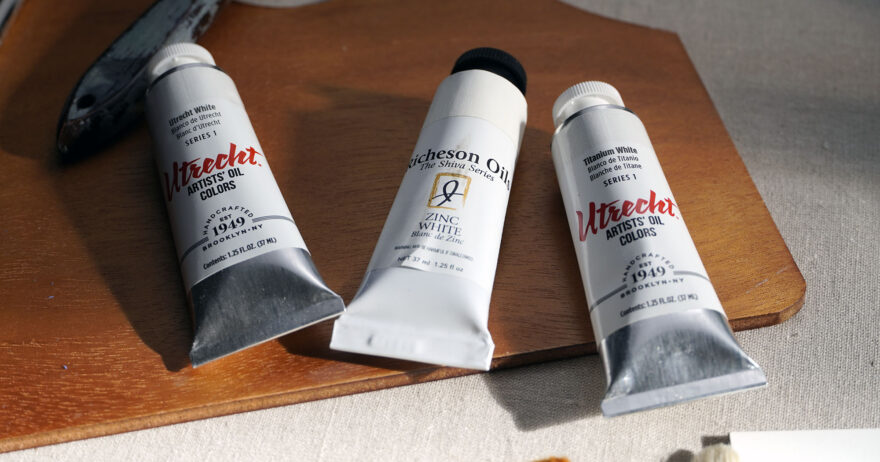
What’s the difference between titanium and zinc whites? Does it matter which one you use? When starting out in oil painting, the type of white paint you choose to use might not be a major concern, but as you become more proficient with color-mixing, the nuanced distinctions between these choices become increasingly important. Here’s what you need to know.
What’s the Difference?
Titanium white is made from titanium dioxide. A relatively modern paint, it was developed in the early 20th century as a safer alternative to lead white. Its primary advantage is that it is a well-balanced, opaque white. While the opacity and pigment strength of titanium is an advantage in many respects, it’s a good idea to be sparing with it when tinting color. It’s many times stronger in tinting strength than zinc white. It will make your color lighter in value but also lower the saturation of the color you’re mixing. It covers underlying layers well and allows for solid whites without the need for multiple layers and glazes.
Zinc white is made from zinc oxide and is noted for its transparency. Since the mid-19th century, it has been used by painters to create delicate tints and soft transitions in color. It’s often used for glazing techniques, where layers of transparent color create depth and subtle shifts of color. It has a cooler, bluish undertone compared to the warmer undertones of titanium white. Zinc white also dries more slowly than titanium, which can help blend and soften edges if you’re working over longer periods of time.

How Do They Hold Up?
We don’t have hundreds of years of paintings to help us understand the long-term stability of titanium but, in general, titanium white tends to be more stable and less prone to yellowing compared to other whites. There’s some evidence that late Impressionists worked with titanium white, and it has been used with increasing frequency through modernist and abstract expressionist movements.
Zinc white, while also durable, may yellow slightly over time. The longevity of zinc white has been a source of concern for artists, with the general belief that the brittleness of zinc could lead to excessive cracking and flaking over time. An online search into the stability of zinc shows that the controversy continues, but as time passes and paintings created using zinc have survived, there’s increasing evidence that zinc is a safe option.
Titanium White
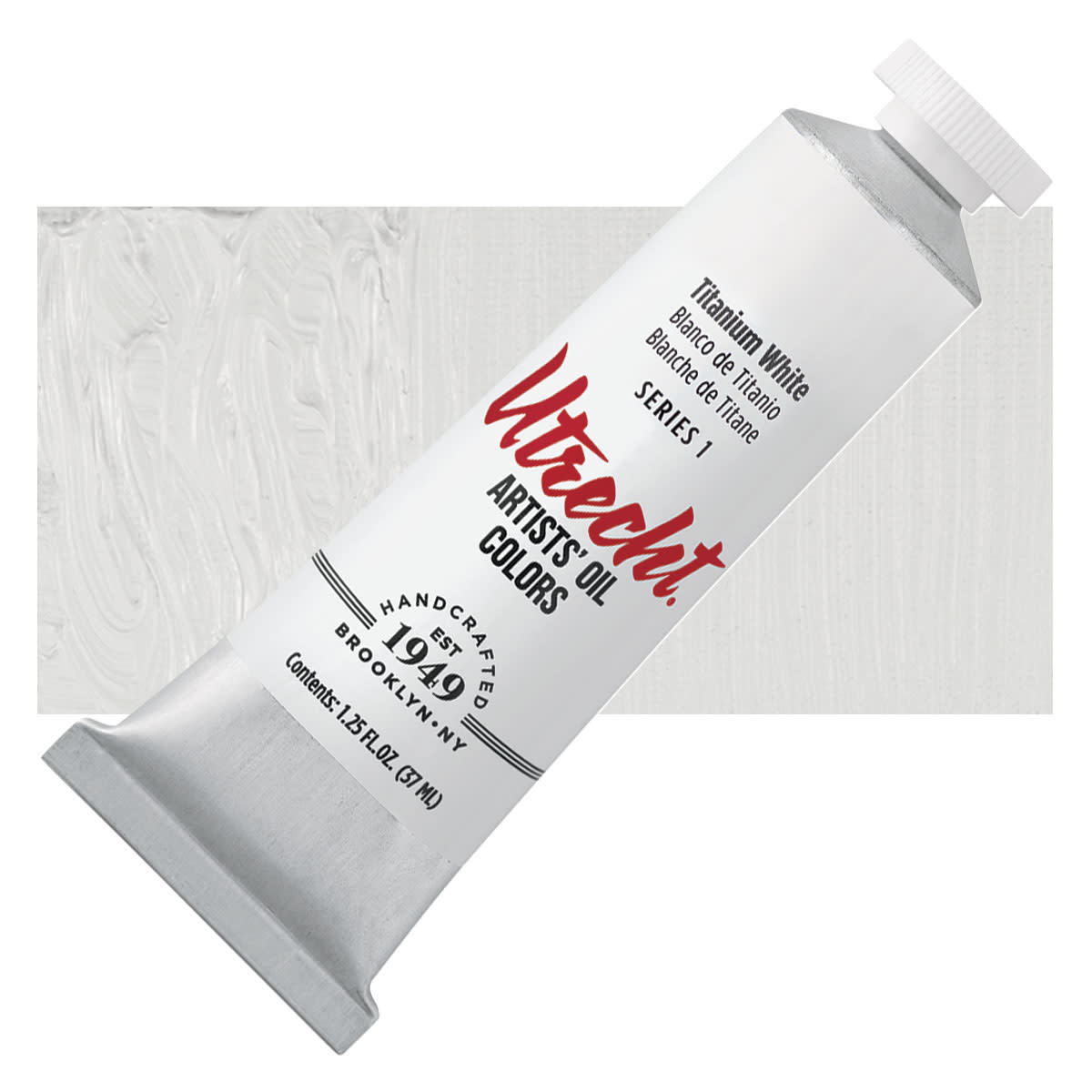
Zinc White
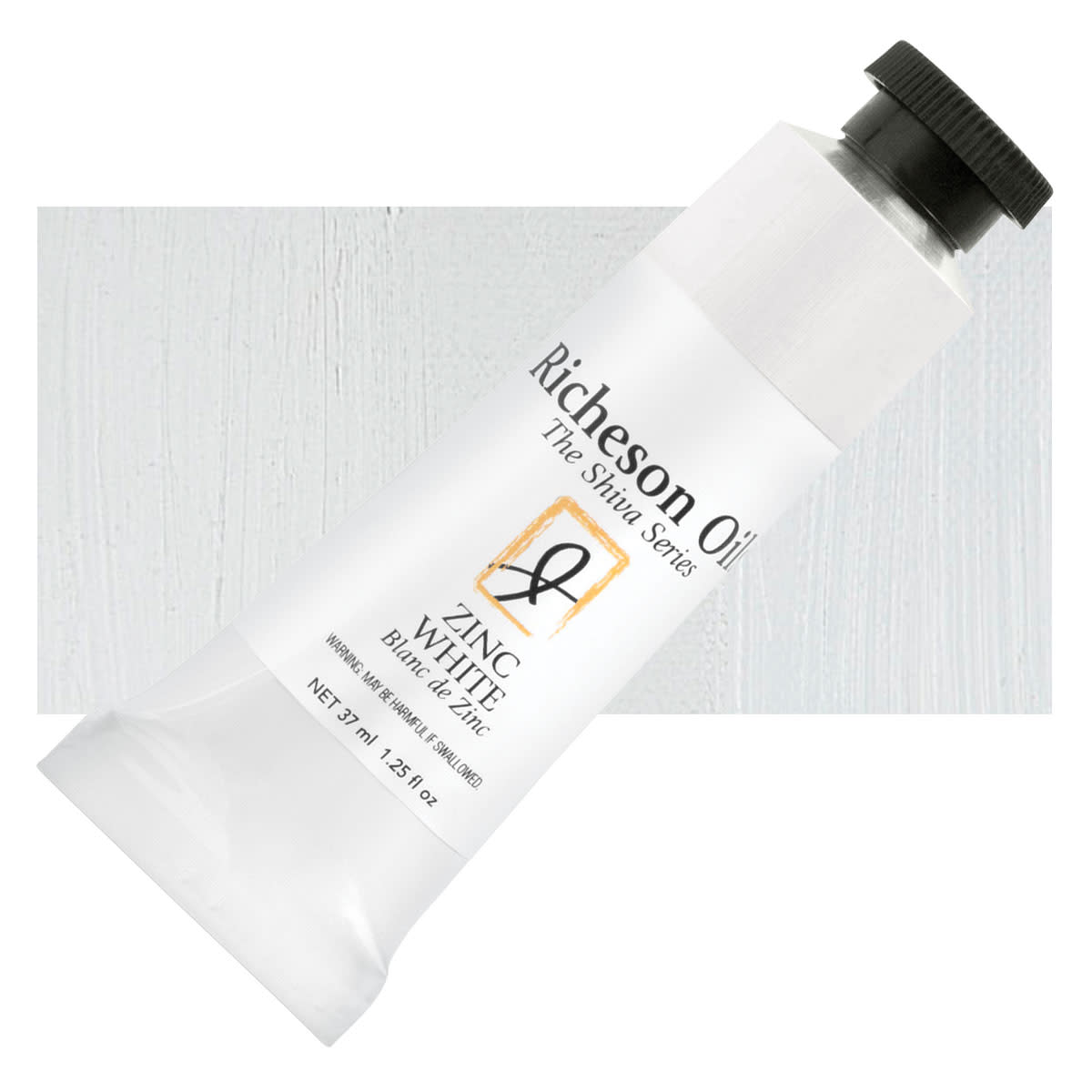
Utrecht White
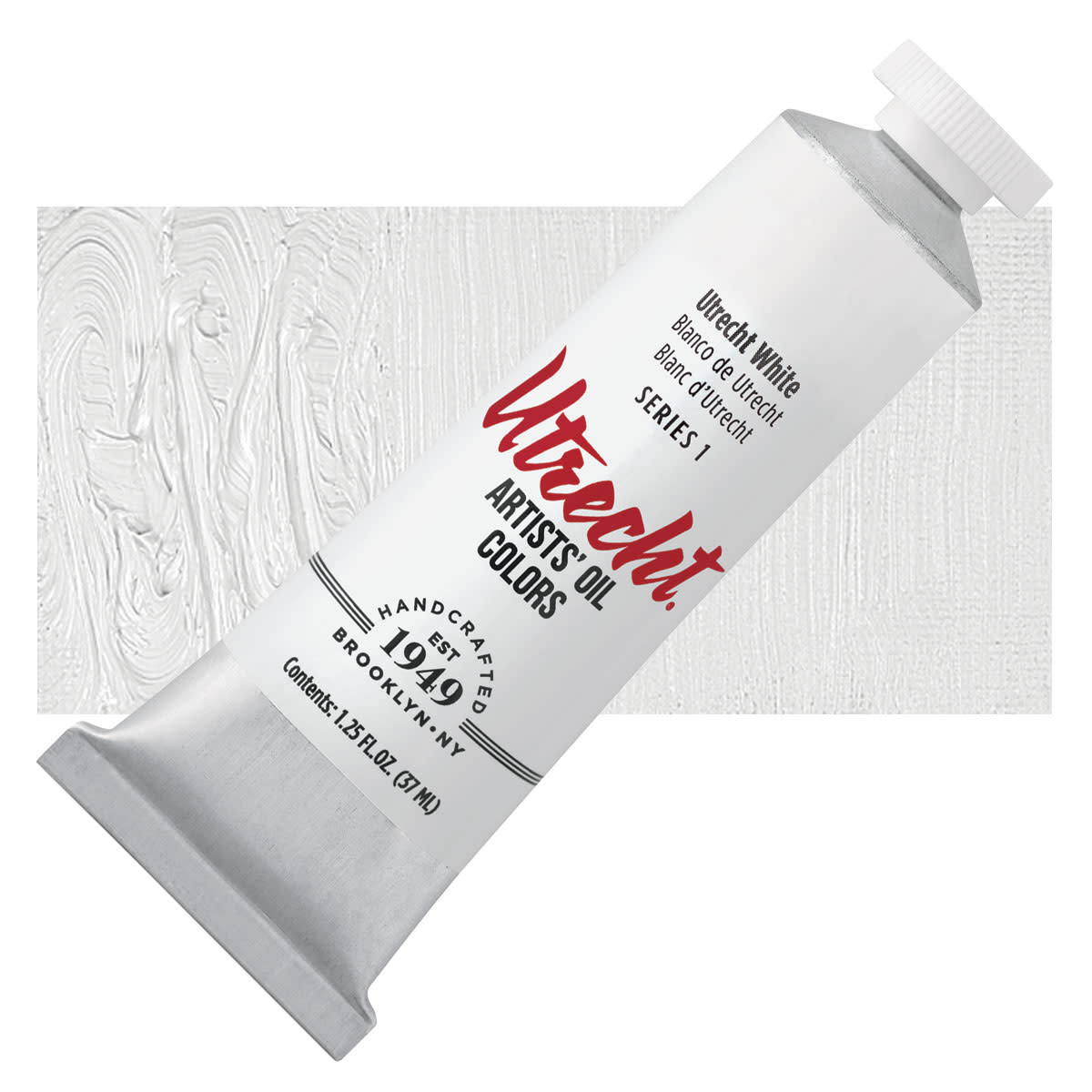
What Should You Use?
There’s no single right choice for oil painters when it comes to white. It all depends on your approach to painting and the degree to which you need to control the differences in opacity. If titanium white is too strong for you, but zinc is too transparent, consider buying a pre-made blend, such as Utrecht White or Weber’s Permalba White or mix your own on your palette.
The subject of your painting might also dictate which white to use. Titanium white is great for creating strong highlights, solid whites and opaque layers in alla prima painting. For landscapes, particularly plein air, titanium white works great. On the other hand, zinc white’s transparency can work well for portraits, where there’s a greater need for subtle glazing, soft tints and luminous effects.

Meet the Artist
Scott Maier is an artist and a content contributor to artistsnetwork.com. He’s also the author of the instructional art book See, Think, Draw: An Easy Guide for Realistic Drawing and Beyond.
From Our Shop












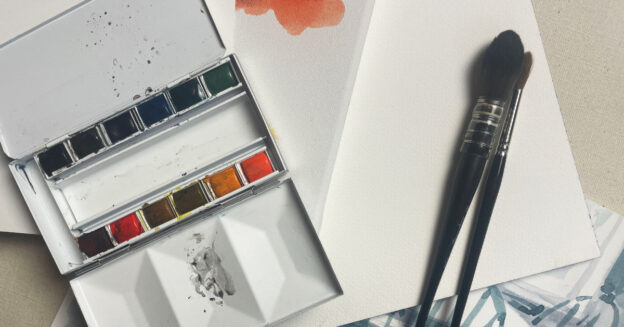


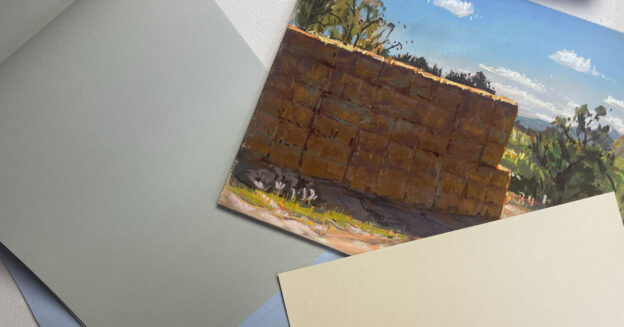



Join the Conversation!